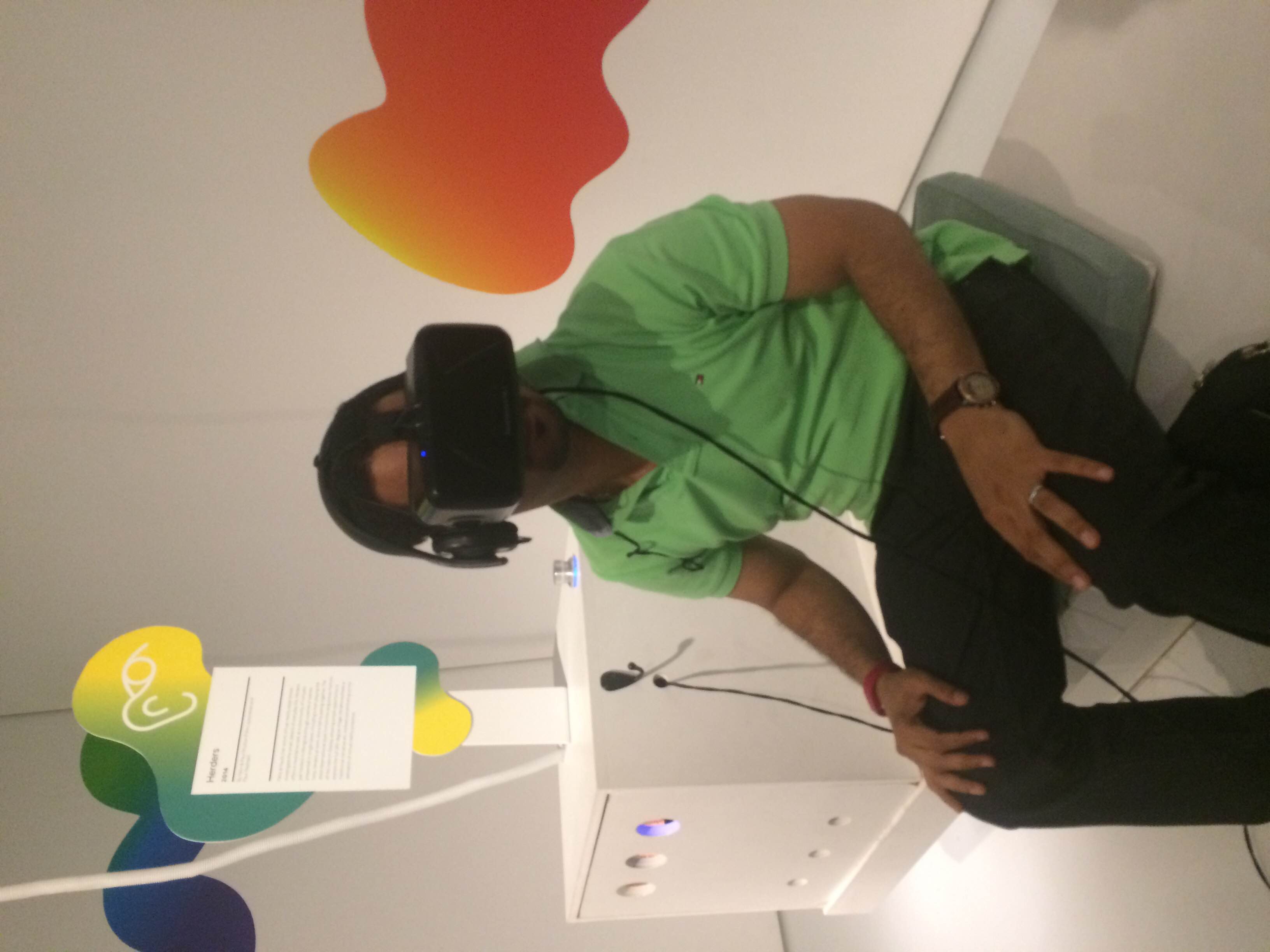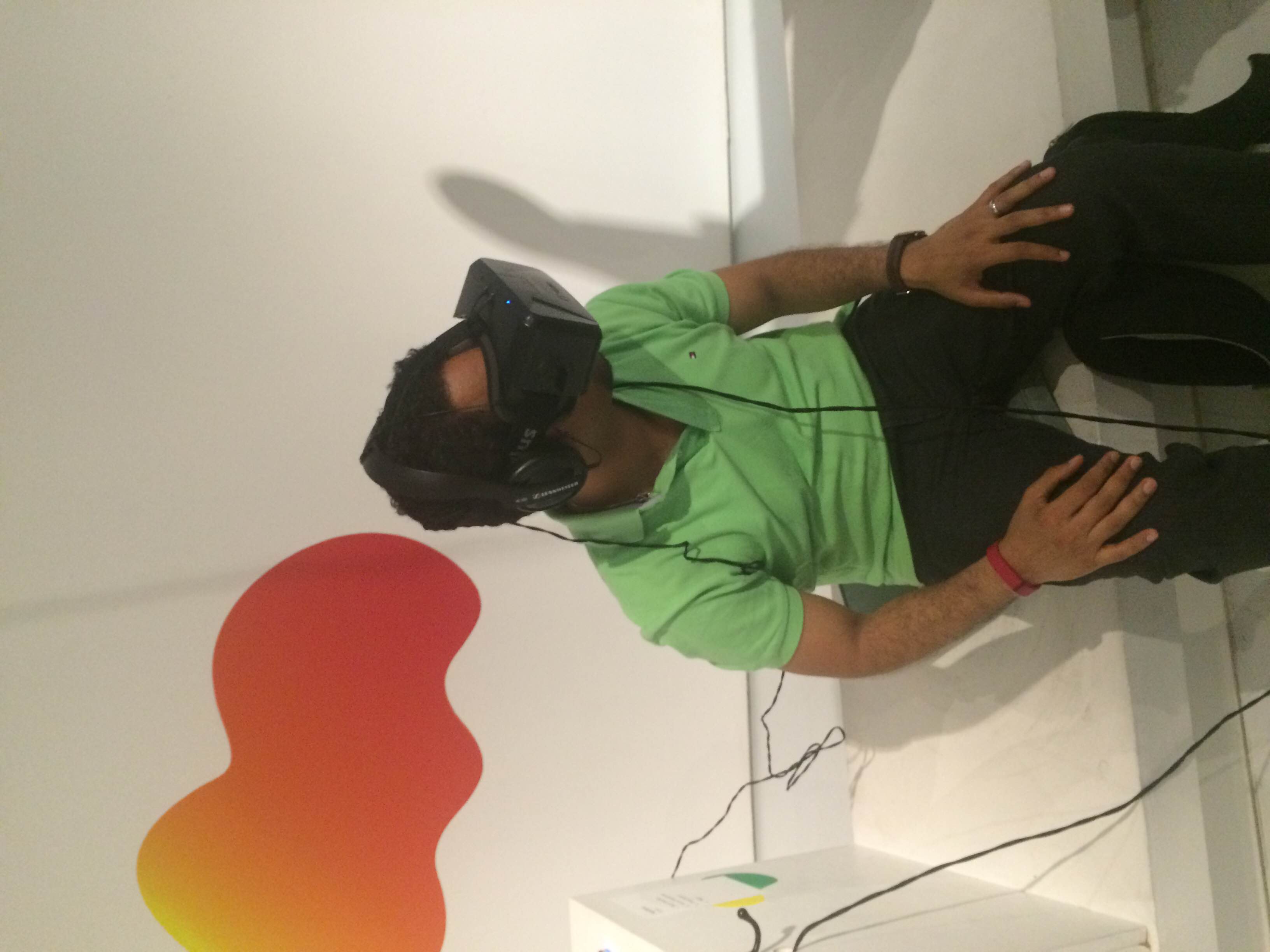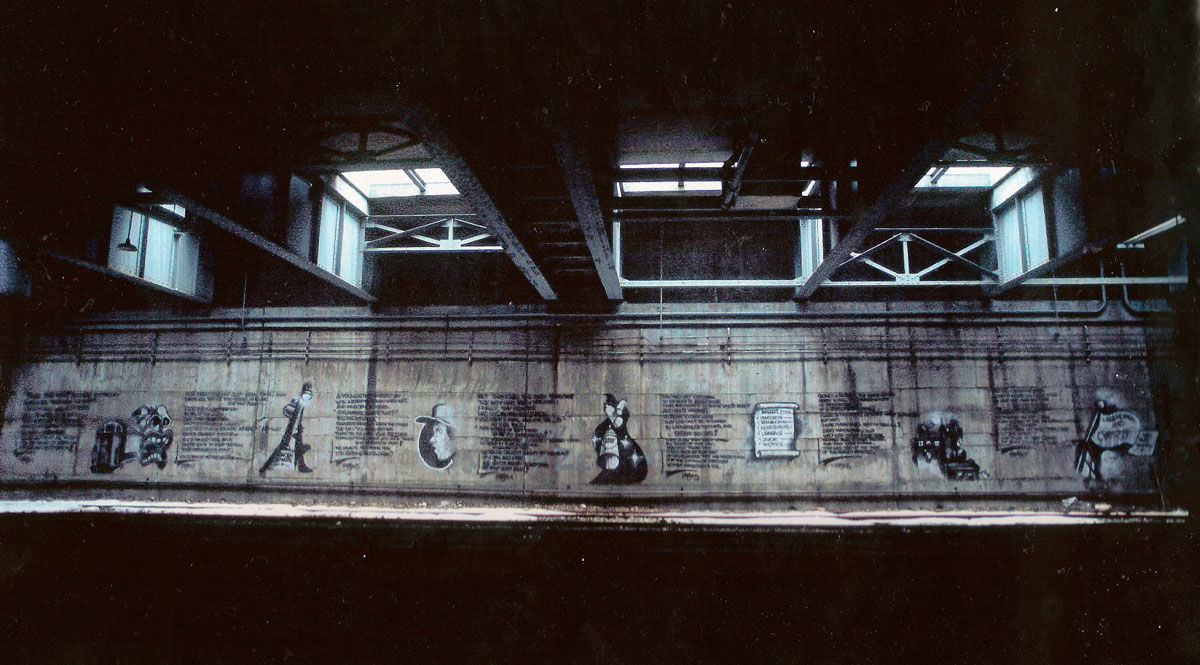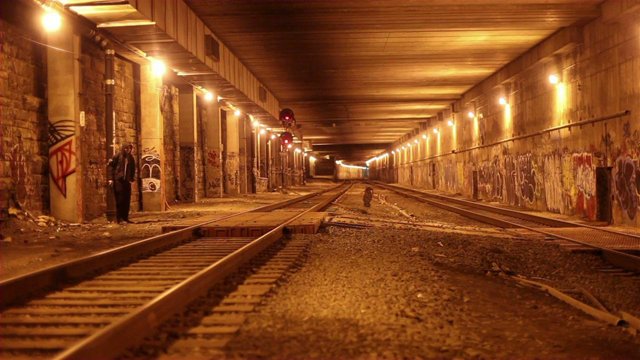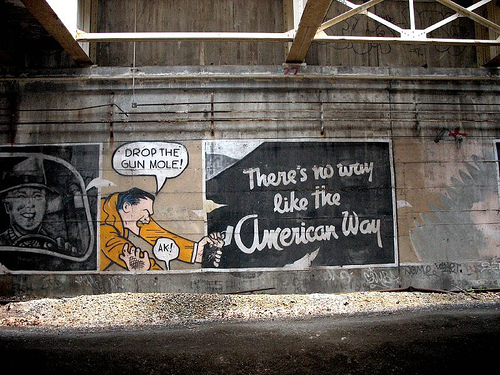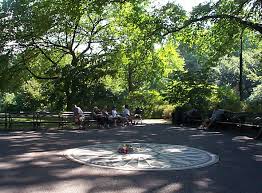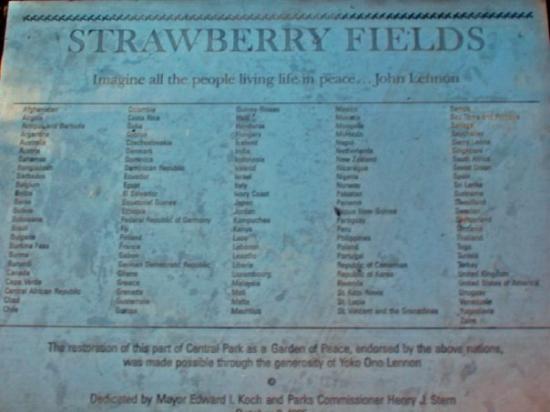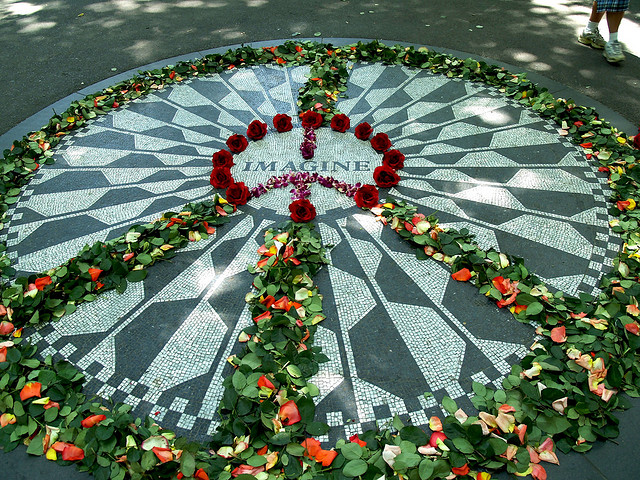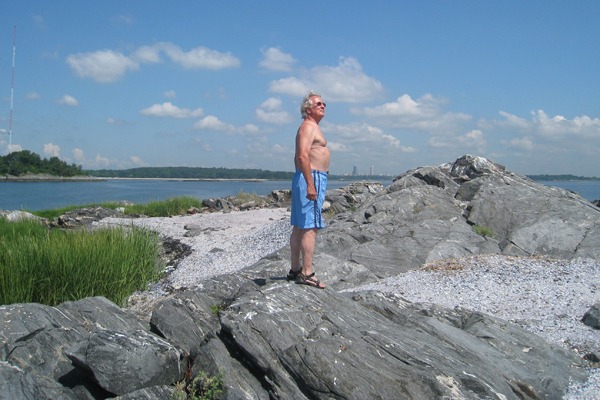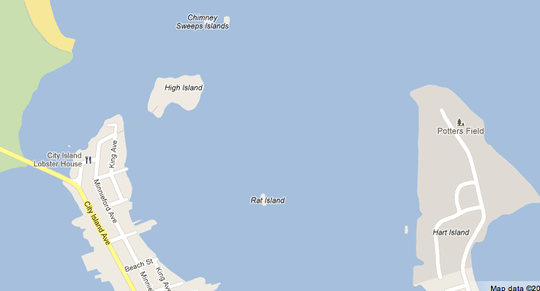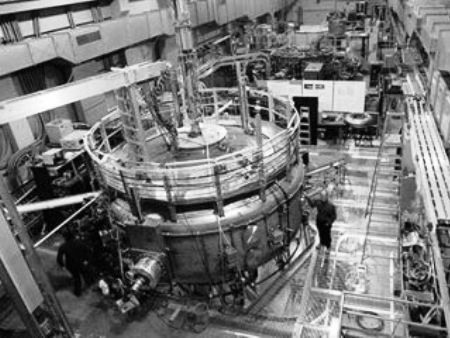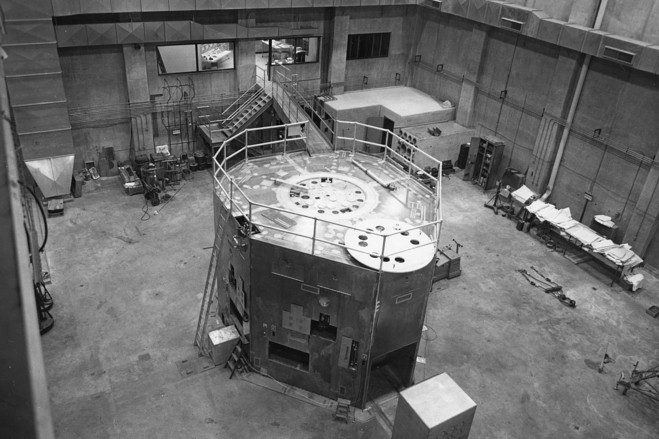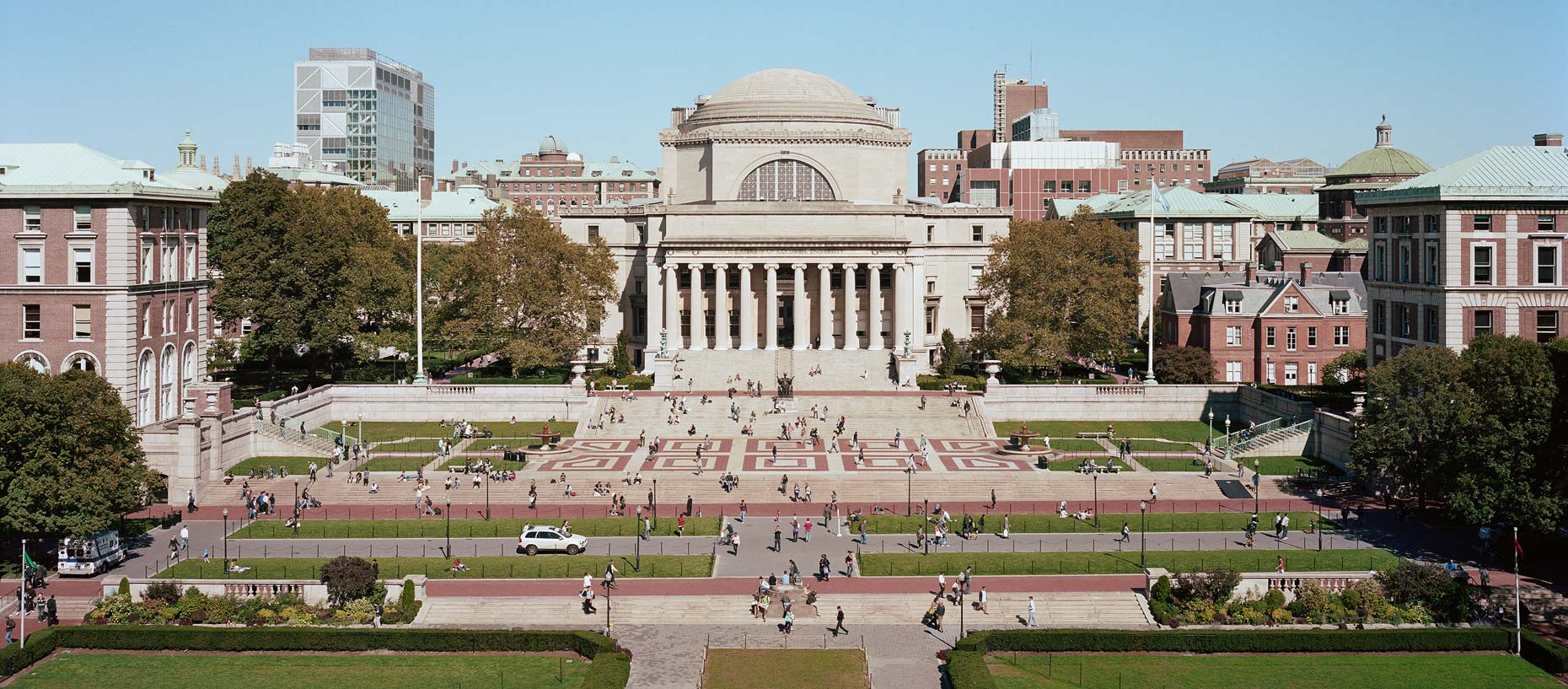How stories are told has been defined and redefined over years. From grandma's tales, to stage, to TV, to cinema, to 3D... the evolution is ongoing. The next step to that is VR - Virtual Reality. A headset consisting of a goggles and earphones, that puts you in middle of the action, with 360 degree view. If you have never experienced VR, this may blow your mind. Sitting in middle of a lake, with a tarin approaching, or in middle of mountains with a tribal singing, or in middle of the refugee camp in Jordan, with Sidra. Each is an exhilarating but different experience. Being immersed in the story, than just watching it from outside, makes you feel part of the story and feel it at a much closer level.
Sensory Stories was conceived and organized by FutureofStorytelling – an annual summit and community platform that draws leaders from the worlds of media, technology, and communications to explore how stories are changing in the digital age. Presented by Museum of the Moving Image and the Future of StoryTelling, the exhibition reveals how an emerging group of artists and companies are using innovative digital techniques to change the way audiences experience storytelling. The exhibition, which includes virtual-reality experiences, interactive films, participatory installations, and new touch responsive interfaces, opened on April 18, 2015, and will be on view through July 26, 2015, at the Museum.
“Technology has driven the evolution of moving image entertainment since the invention of film,” said Carl Goodman, the Museum’s Executive Director. “Today, new technologies and interfaces aim to bring the body, mind, and senses into a new relationship with the moving image, one which eliminates the gap between the real and the virtual, the physical and the digital. We asked Future of Storytelling to develop an exhibition for the Museum because of their unique expertise in these important developments.”
Sensory Stories invites visitors to participate in narratives that merge traditional storytelling with groundbreaking new technologies, incorporating full-body immersion, and interaction that includes sight, hearing, touch, even smell. Charles Melcher, Founder and Director of FoST and co-curator of the exhibition, said, “At its heart Sensory Stories celebrates how new technologies are bringing us back into our bodies, allowing us to experience stories in immersive and powerful ways that remind us of the sensory joy of being alive.”
For more information, visit:
The exhibition is traveling to the Phi Centre in Montreal, where it will be on view from August 11- September 27.
https://phi-centre.com/en/events/id/FoST
About Future of StoryTelling (FoST)
The Future of StoryTelling is an annual summit and community platform that draws leaders from the worlds of media, technology, and communications to explore how stories are changing in the digital age. In addition to the summit (October 7-8), FoST produces a daily blog, a weekly online speaker series, a monthly newsletter, quarterly influencer salons, international technology exhibitions and showcases, the FoST Prize for Innovation in Storytelling, and dozens of short films highlighting the big ideas shaping the storytelling landscape. For more information, visit futureofstorytelling.org.
About Museum of the Moving Image
Museum of the Moving Image (movingimage.us) advances the understanding, enjoyment, and appreciation of the art, history, technique, and technology of film, television, and digital media. In its stunning facilities—acclaimed for both its accessibility and bold design—the Museum presents exhibitions; screenings of Museum of the Moving Image Page 6 significant works; discussion programs featuring actors, directors, craftspeople, and business leaders; and education programs which serve more than 50,000 students each year. The Museum also houses a significant collection of moving-image artifacts.

